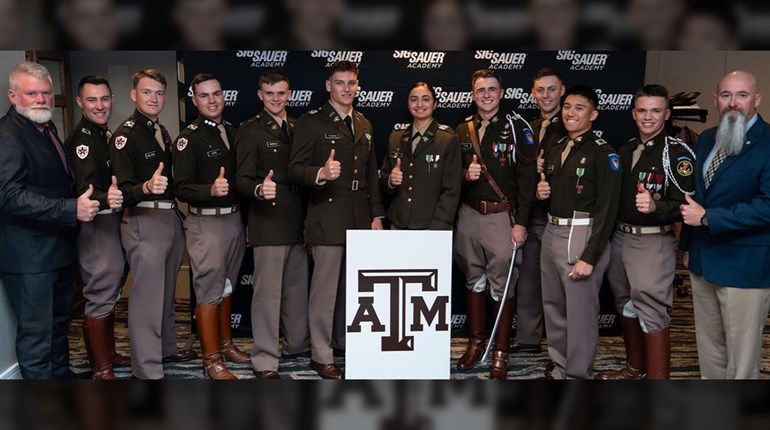
Though not definitive, this timeline gives you the approximate years patented and/or successful handguns of the type shown gained market share. The span of time since the Glock G17 was introduced is not unprecedented.
In the early 1990s, following the fall of the Soviet Union, Francis Fukuyama wrote the book “The End of History and the Last Man,” speculating that human society had reached its ultimate political form in liberal Western democracies. As we have seen in the decades since, that may not be true.
What does this have to do with handguns? Well, I’m not really an old-timer, but I can remember when I was a teenager, most police officers still carried revolvers (the old-timers among the gunwriting ranks remember being issued wheelguns). In the years since then, we’ve seen the rise and fall of the traditional double-action pistol as an issue sidearm, as well as a roughly decade-long flirtation with alternate calibers like .40 S&W and .357 SIG.
For the last 10 years or so, though, the standard answer to the “What pistol?” question has been a polymer-frame, striker-fired, double-stack pistol chambered in 9 mm. The temptation is definitely there to think of writing “The End of History and the Last Pistol.” But how did we get here, and what could be next?
For the reasons behind the pistol type itself, it comes down to simple cost. There’s nothing more modern about a striker over a hammer. John Moses Browning’s first semi-automatic pistol, the FN Model 1899, was striker-fired. It’s not intrinsically superior mechanically, either. In fact, it has a few downsides. A hammer generally gets better ignition reliability, and a hammer allows the use of lighter recoil springs since the force required to override the hammer provides much of the initial braking force to the recoiling slide.
The striker’s big advantage is simplicity, which translates to a less-expensive gun. There’s just no way to produce a hammer-fired ignition system as cheaply as a striker-fired one. Similarly, there’s just no way to chisel a frame out of steel or aluminum as cheaply as one can injection-mold one out of polymer. When it comes to the real world of accountants and budgets, the cheap gun that works just fine is going to displace the more-expensive gun that also works just fine.
With ammunition, a similar effect has taken place. With the current school of thought in terminal ballistics, the goal is a bullet that will penetrate 12 to 16 inches, but preferably no more. With most all service calibers delivering this level of performance, it’s probably not a surprise that the cheapest, easiest to shoot one—the one that’s easiest on the gun and which you can cram the most of into a magazine—has emerged as the near-universal choice.
So, what does this mean for the future of duty-type pistols? Is it just an unbroken vista of striker-fired, flat- black plastic and 9 mm bullets? An horizon of Glock G19s, Smith M&P9s and SIG P320s forevermore, at least until someone invents the laser pistol?
It’s hard to imagine something causing a trend back to more-expensive handguns, at least for duty-type use. These days people are just as often “churching up” Glocks or other polymer, striker guns with Zev or Grayguns or Boresight Solutions aftermarket work. Unless there’s a high-profile development that causes a turning away from the easy-to-shoot striker trigger, it seems rather unlikely to be replaced.
The same with the 9 mm cartridge. Ballistically, you could probably get the same results with a 100- to 115-grain bullet of about .312 inch, loaded hot. It’d basically be a rimless .327 Fed. Mag., with no more recoil in a full-size, semi-automatic pistol. You’d get even more rounds in the magazine than with 9 mm, albeit at the expense of increased muzzle blast. But there’s no real incentive to do so when so much of the attractiveness of 9 mm is its ubiquity and low cost.
For the near future though, it looks like the advances will be in peripherals: Better integration of red-dot optics, lights and lasers. There will also be applications for the serialized interchangeable chassis-type lockwork such as that found in the P320 that we haven’t yet explored. So, while we haven’t reached the “end of history” with the current crop of service-style autos, we’ve certainly hit a good, long pause.



































